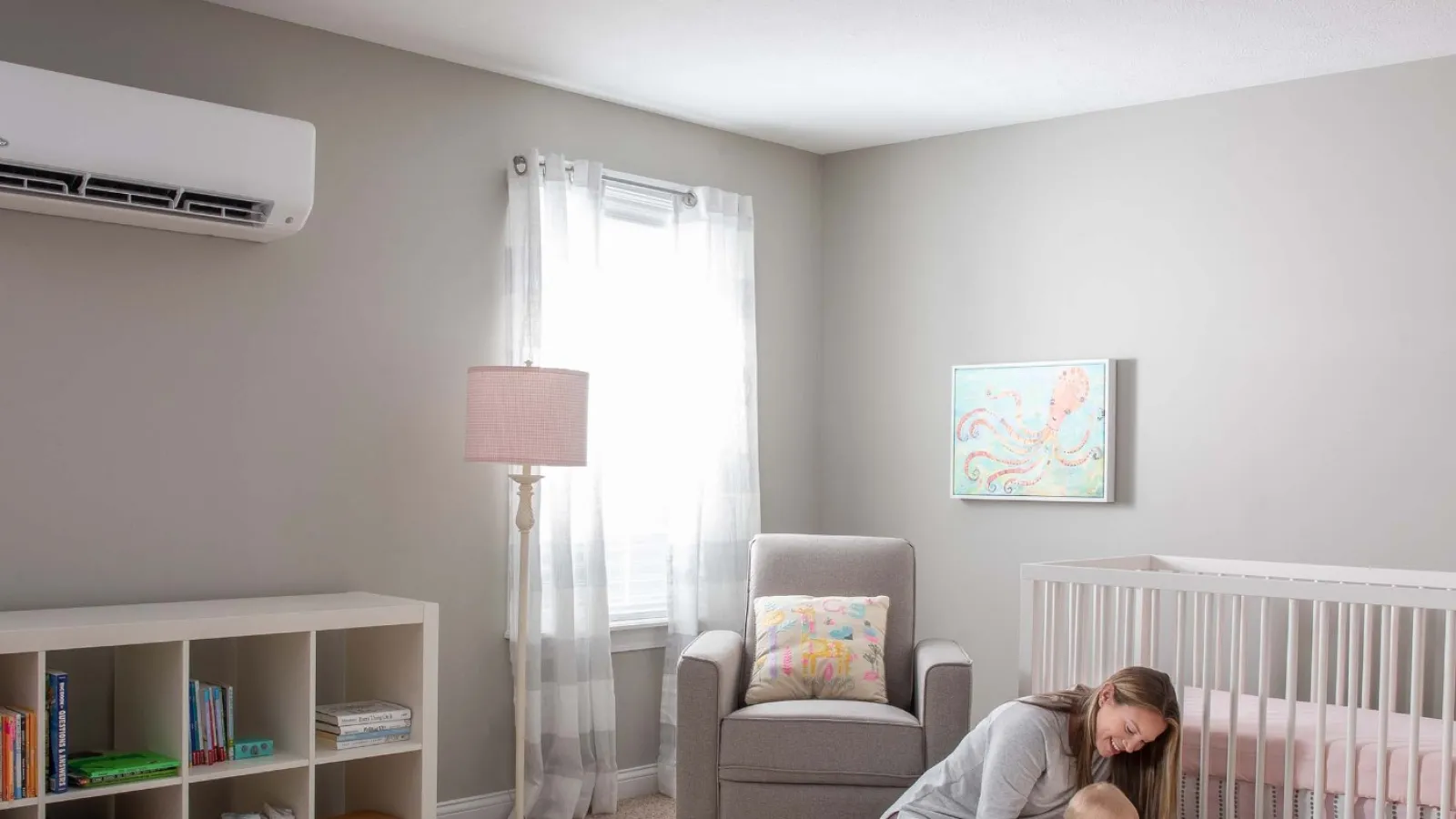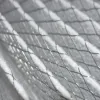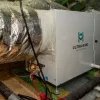If you’ve been battling dry skin, a scratchy throat, or a nagging wintertime cough, you know what you’re missing in your life: humidity.
Here in the Atlanta area, humidity levels tend to stay at one extreme or the other. For all the great weather Mother Nature bestows upon our region – long summers, mild winters, ample sunlight – humidity is a perennial sticking point (pardon the pun).
In summer, it’s super high. In winter, it’s super low. On the rare occasion that relative humidity (RH) hovers between a comfortable 40 to 55%, it doesn’t stay that way for long.
During summer, the solution is to run your AC more often or install a whole-house dehumidifier. But in winter, you might need to add humidity to your home. A whole-house humidifier is a good solution… sometimes.
The thing is, it’s got to be set up properly. And you’ve got to select the right type.
Bypass vs. steam whole-house humidifiers
There are two primary types of whole-house humidifiers: bypass and steam. If you’re not interested in what makes them different, there’s only one thing to know: steam humidifiers are better. That’s what you should get.
Ok, now for the long explanation! Bypass humidifiers are inexpensive, but they’re also very inefficient. They consist of a unit that connects to your return ductwork and a water line. They also connect to a bypass duct that draws warm air from your HVAC system through water inside the unit. That humidity then circulates throughout your home.
Bypass humidifiers are inefficient because they:
- Steal heat from your furnace to heat the water
- require a lot of water relative to other humidification options
Imagine you had to open a water tap every time your furnace kicked on. That’s what a bypass humidifier has to do. It also only works while your furnace is running.
Steam humidifiers, on the other hand, are way more efficient! They have a little heater inside that boils water, so you don’t have to steal heat from your furnace. You can also run them as needed. They rely on the furnace fan to circulate humidity, but the furnace itself doesn’t need to be running for them to work.
That said, there’s a good chance you’ll prefer to only run them when the heat is on. We’ll explore why in just a sec.
Another plus with steam humidifiers is that they put out a lot more humidity than bypass units. They’re just more powerful! You’re more likely to achieve your target humidity – and achieve it consistently – than with a bypass unit.
Run a steam humidifier whenever you need humidity… or not.
Steam humidifiers can run any time the humidity in your home dips below a specified setting, like 40% RH. The humidifier and the furnace fan turn on. You’re good to go.
Except that you might not want it to run when the furnace isn’t on.
Why not? Well, it all depends on the location of your ductwork. If your ducts are properly insulated and reside inside conditioned space, like a finished attic, utility closet, or encapsulated crawlspace, you can run your steam humidifier whenever you please. There’s no reason to hold back!
But if you’re like most people, your ducts are in an unconditioned area. They’re exposed to really cold air during the winter. When that’s the case, running the humidifier when the furnace isn’t on can create problems. By pushing humidity through cold ducts, you could hit the dew point. Your ducts could sweat.
And mold might start growing inside your ducts. Not good.
It’s better to cycle the humidity through warm, rather than cold, ducts. In conditioned spaces, the ducts stay warm regardless. You can run the humidifier whenever you feel like it. Not so in unconditioned attics or crawlspaces! You might end up cycling the humidity through really cold ductwork.
For most people, we recommend only running a steam humidifier when the thermostat is set to “heat.”
A whole-house humidifier might not be the answer.
Here’s the thing about whole-house humidifiers: You might not hit your target humidity level every time.
Seriously, it’s never guaranteed! Conditions vary throughout the season, and furnace runtimes have a major impact on the unit’s ability to satisfy your preferred RH settings.
Oftentimes, a first-step solution to low humidity is to air seal your home. Air sealing prevents cold, dry air from infiltrating your living space in winter. It also keeps warm, humid air out during the summer.
During our whole-home assessment, we use a blower door and thermal imaging equipment to identify areas of air leakage. Then we seal all of those gaps and cracks. Afterward, you might not even need a whole-house humidifier or, for that matter, a whole-house dehumidifier!
But when you do need a whole-house humidifier, be sure to get the right type and only run it at the appropriate times. That – and your overall wintertime comfort – are what matter most.






